Description
Techniques Covered:
- Uphill skills: More advanced kick turns on steeper terrains, herringbone,
- sidestepping, Transitions. Using ski crampons and boot crampon on more icy
- slopes. Using Ice axes
- Snow pit study: Techniques for evaluating the stability of the snowpack,
- including digging snow pits, performing advanced tests and analyses such as
- extended column test, Rutchblock test, shovel shear test, propagation saw
- test.
- Rescue: More practical scenarios for finding more than 1 buried person under
- the snow using different methods of searching like Microsearch, grid search,
- signal isolation…
- Anchor building and short abseils: Anchor building using the normal
- equipment on backcountry skiing. Short Abseil on rocky or steep parts of the
- mountain.
- Skiing Techniques: Advanced backcountry skiing also requires strong skiing
- skills, including the ability to ski in challenging snow conditions such as
- powder, crust, and variable snow. Techniques for skiing steep and technical
- terrain may also be covered.
- Advanced avalanche assessment: Includes 5 lemon method, Nivocheck
Equipment needed:
- Skis or splitboard: Choose appropriate skis or a splitboard for backcountry terrain.
- Ski boots or snowboard boots: Ensure they provide proper support and fit comfortably.
- Ski poles: Lightweight and adjustable poles for balance and propulsion.
- Skins: Adhesive climbing skins to attach to the base of your skis for uphill traction.
- Avalanche safety gear: Transceiver, probe, and shovel for snow safety and rescue.
- Backpack: A backpack to carry your essentials, including water, snacks, and extra layers.
- Helmet: Protect your head with a suitable ski or snowboard helmet.
- Goggles or sunglasses: Eye protection from sun, wind, and snow glare.
- Layered clothing: Dress in moisture-wicking and insulating layers suitable for changing weather conditions.
- Gloves or mittens: Warm and waterproof gloves or mittens for hand protection.
- Hat or beanie: Keep your head warm with a suitable hat or beanie.
- Sunscreen and lip balm: Protect your skin from sun exposure and windburn.
- Food and water: Carry enough food and water to stay hydrated and energized throughout the day.
The guide will carry the following:
- First aid kit: A compact first aid kit with essential supplies.
- Repair kit: Includes tools and materials for minor equipment repairs on the go.
Location:
- Either Bright or near Mt Hotham. The final location depends on the snow conditions and will be communicated to participants closer to the course date.
Times:
- Aim to be learning from 9am to 4pm each day.
The course fee does not cover:
- Transport to/from Melbourne, including parking fees on location
- Food
- Accommodation
- Equipment rental
Note on accommodation:
- We have a contact in Bright where a few beds are available for $50 per night and ground accommodation (bring sleeping bag and mattress) is available for $20 per night.
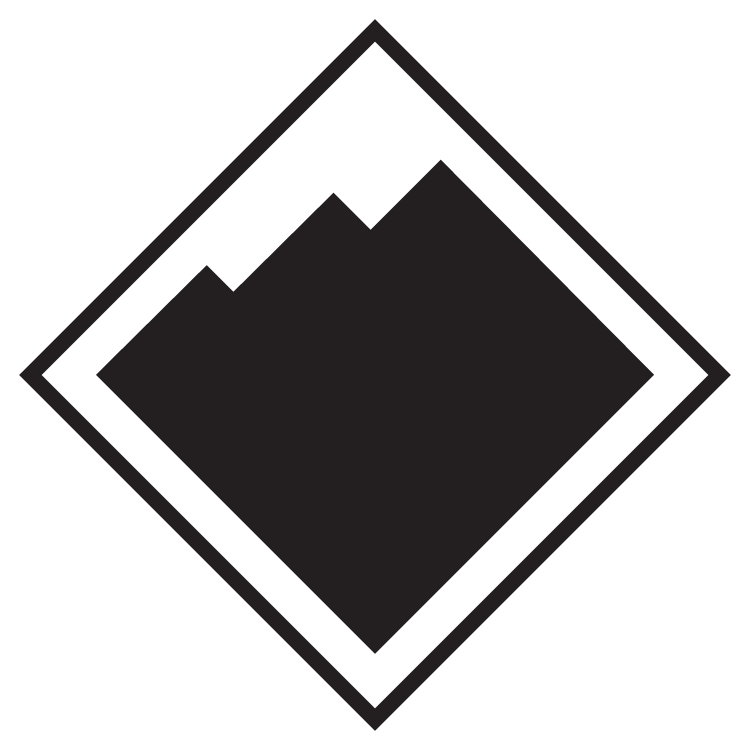
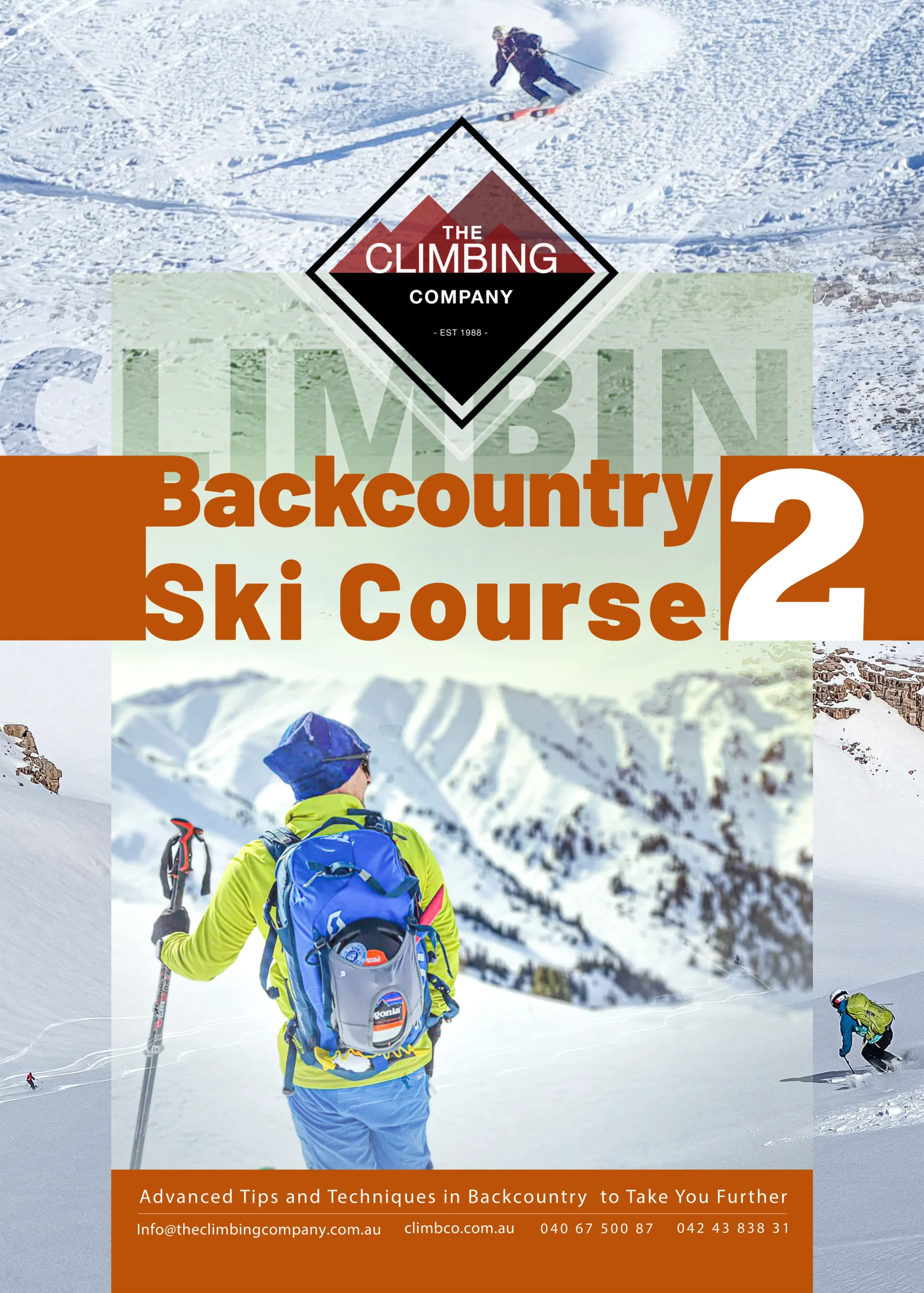
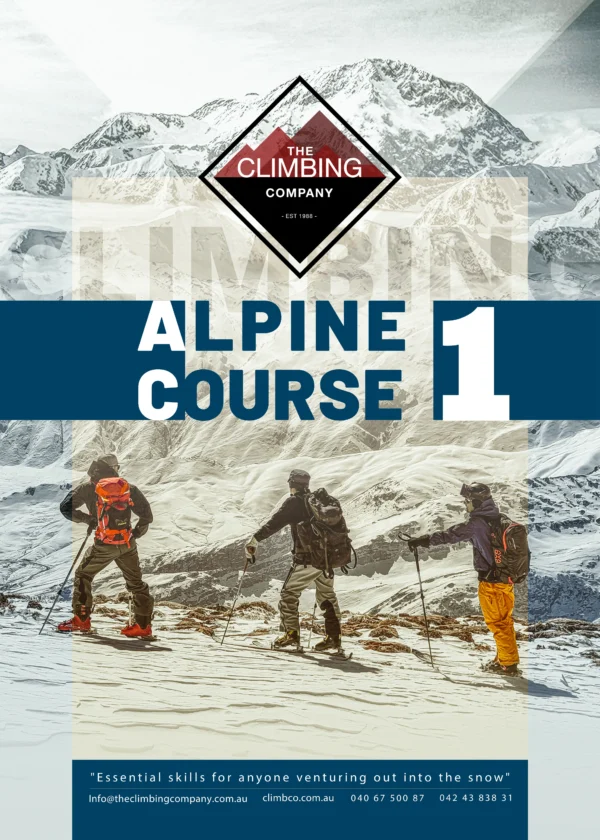
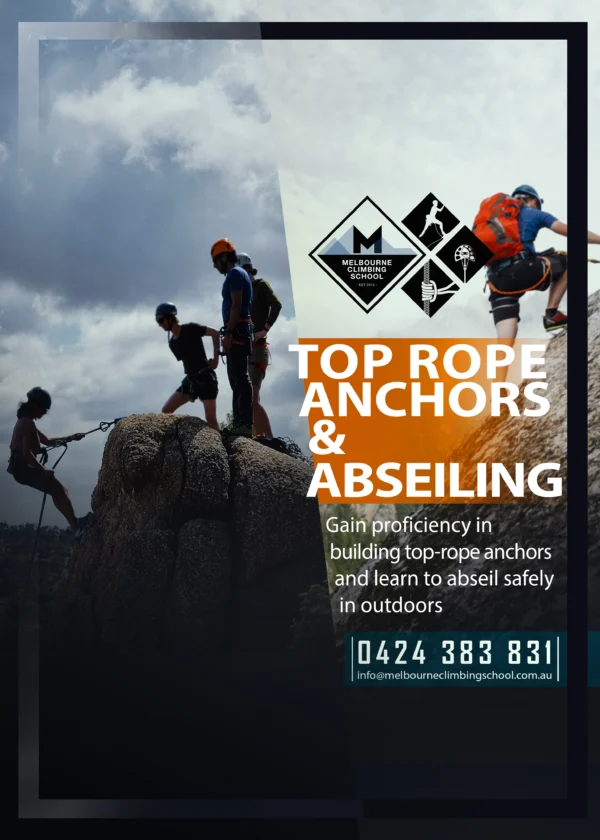
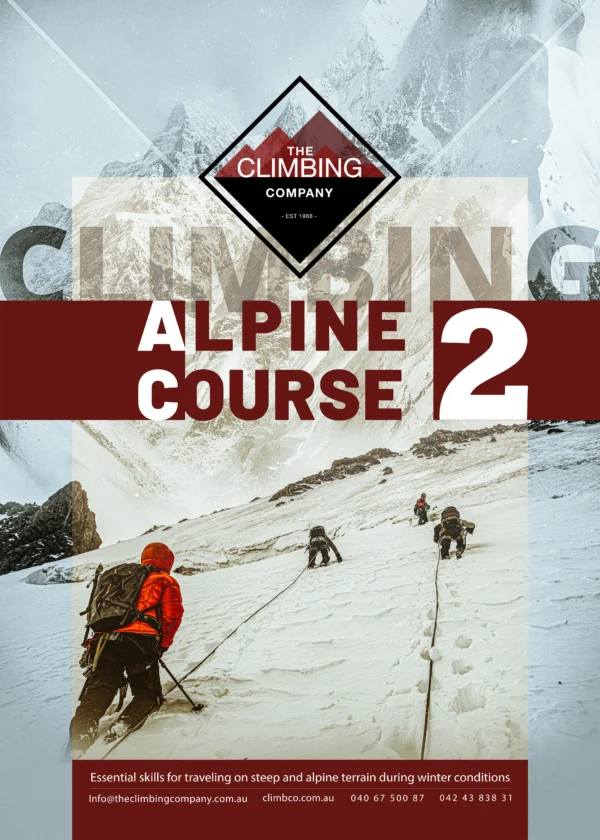
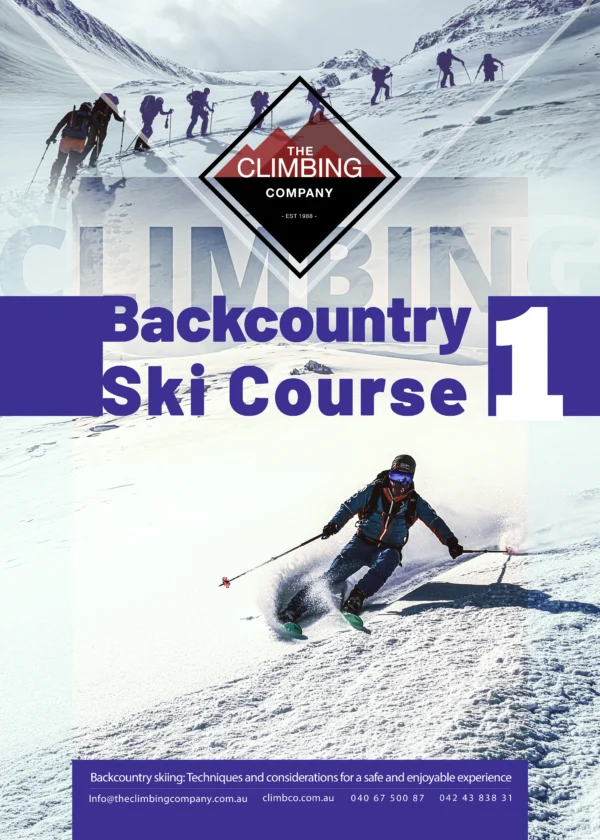

Reviews
There are no reviews yet.